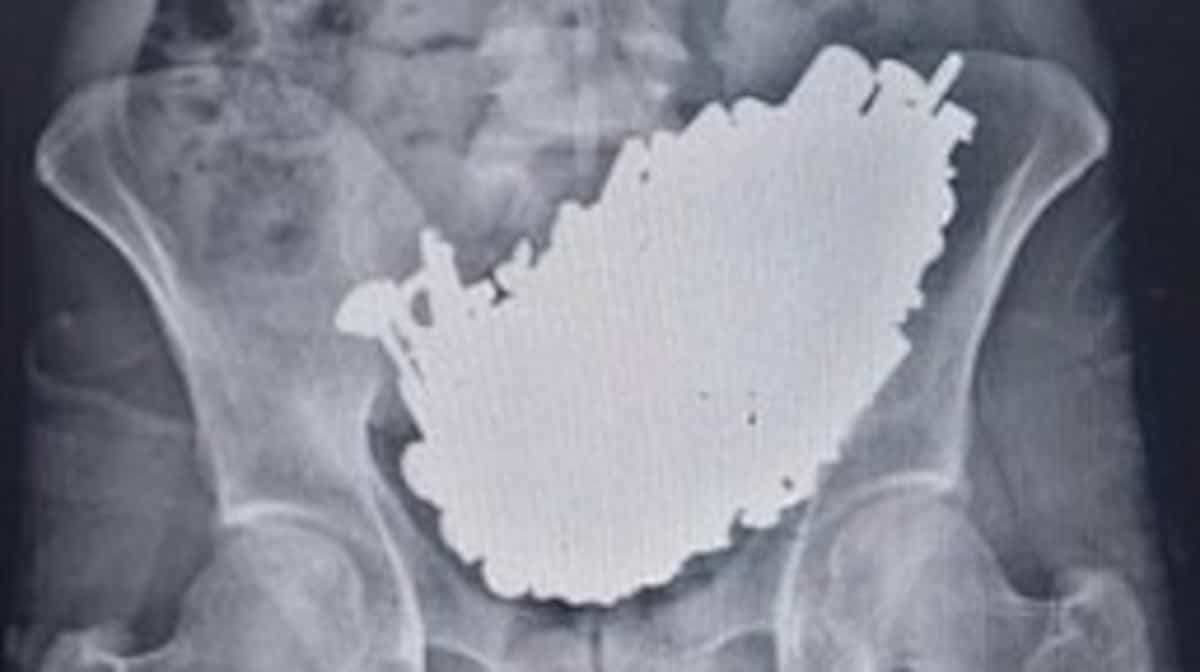
A stingray may have been impregnated by a shark at an aquarium in North Carolina in the United States.
The circumstances in which Charlotte carried the flag are a result of “mystery,” according to the administrators of the ECCO Team Aquarium and Shark Laboratory Facebook page.
Researchers waited three months before publishing the news, as they initially believed the marine animal might have cancer
However, Dr. Robert Jones of Zvet Aquarium in Australia and University of Arizona doctoral candidate Becca Campbell confirmed that the stingray was indeed pregnant based on their analysis of ultrasound images.
The mystery lies in the absence of any male ravens living in the aquarium with “Charlotte,” according to statements by the aquarium’s director and founder, Brenda Ramer, in an interview with ABC 13 News.
“In mid-July 2023, we transferred two 1-year-old male white-spotted sharks to the aquarium,” Ramer said. We later noticed bite marks on Charlotte, but we also noticed other fish biting her, so we moved the fish, but the bites continued.
The director explained that it is the habit of male sharks to bite the female when mating, and “Charlotte” was subjected to several bites on her fins.
“We will either have children through parthenogenesis or some kind of mixed breed,” she said on February 8.
“We're currently waiting for Jeff Goldblum because we're in Jurassic Park right now,” she joked.
What is parthenogenesis?
The hypothesis that the ray was impregnated by one of the two sharks is a possibility, but “it would be surprising, and even somewhat improbable,” says SNAP Quebec's director of biocultural conservation, Véronique Bussière.
The director says that this type of phenomenon has already been observed in nature, giving the example of the paisley bear, a hybrid subspecies between the polar bear and the grizzly bear.
However, “these species are still very close to each other,” she explains.
In the case of rays and sharks, which are “related,” the two marine animals are “two distinct species groups.”
According to her, the parthenogenesis hypothesis is much more plausible.
Parthenogenesis “means that the female self-fertilizes,” explains the guest in an interview on LCN. So it's not that she's a hermaphrodite (both sexes). She is female, but her egg has been self-fertilized by another of her cells.
In the case of self-fertilization, Ms. Bussiere says, “the babies will be little clones of the mother.”
***Watch the interview with Veronique Bussière in the video above***






